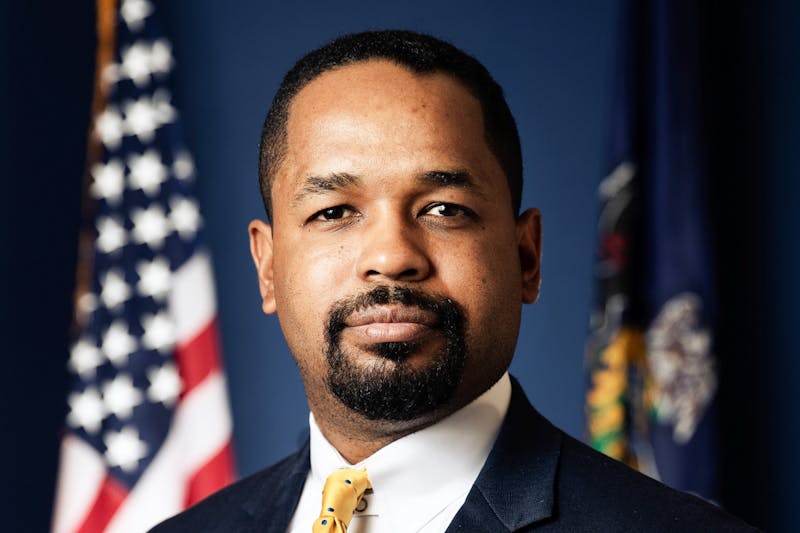If it does not act soon, America could be considerably behind other industrialized nations in postsecondary education by 2015.
This is among the verdicts drawn in "Closing the College Participation Gap," a report released by the Education Commission of the States on Oct. 1. It evaluated and analyzed the intricacies of post-high school education in the United States, and concluded that "providing a wide variety of post-secondary learning opportunities for all citizens is critical to both individual and collective well being."
According to the study, "The 'gap' is defined as the difference between two scenarios of post-secondary participation... in one scenario, the current participation rate is maintained; in the other, the rate is improved."
The importance, however, is found in the actual numbers. At a steady rate, there will be 2.3 million more students enrolled in post-secondary education by 2015. On the other hand, if the nation matches the participation rate of the top-performing states, there will be an additional eight million students enrolled by the same time. This difference is the "gap."
Judged from an international perspective, this raises some concerns for the United States. According to the study, the country is at risk of slipping "further behind the growing number of developed nations that have stepped up their efforts over the last decade to increase educational attainment."
The study is explicit as to why the nation must pay attention to post-secondary education on an international level.
"Human capital is the coin of the realm," it reads. "Educational attainment, measured in terms of the highest degree or level of schooling attained by the adult population, is the international currency used to assess the strength of a country's economy and its standard of living."
Sandra Ruppert, the project's director, emphasized the importance of solving the United States' own problems by recognizing the achievements of other nations.
"I think a lot of lessons will be learned from other countries -- the solutions extend beyond our own borders."
Furthermore, the study points out that higher levels of attainment are correlated with many other socially beneficial factors: higher per-capita earnings, health increases, family income, civic participation and a reduction in crime and child poverty.
That the United States is falling behind other countries in its access and attainment of post-secondary education is only the first warning sign that more attention needs to be paid to providing easier access to higher education, the study explains.
The study also points out that a greater number of people may soon be at risk of not having access to a college education at all based on age, racial and ethnic factors.
For example, the report cites a 2000 Census finding that 48 percent of Latinos over age 25 do not have a high school credential, compared to a national average of only 20 percent. With current trends of immigration and other factors as they are, it is becoming exceedingly difficult to decrease those numbers -- especially if actions are not taken rapidly to alter the current path.
"I think that the study makes some very important points," Graduate School of Education professor Marybeth Gasman wrote in an e-mail. "Colleges and universities (both public and private) need to be cognizant of their role in educating a broader cross section of society -- this means communicating the importance of a college education and the ways through which college can be accessible to more students from various racial and ethnic backgrounds."
A third factor that contributes to the gap is the economic crisis facing the country. Currently, states can barely protect the post-secondary education programs they have in place, much less expand them.
In addition, rising tuition prices also contribute to the gap.
"For many people, it's not about where you go to college, but if you will be able to go to college at all," Ruppert said.
"When the economy is good, post-secondary education gets a disproportionately high share of funds, but when the economy is bad, it gets a disproportionately low share," she added.
GSE Professor Matthew Hartley stressed that while these findings do not have a direct impact on the way Penn operates, they are crucial to the world of higher education as a whole.
"This report is a wake-up call for our country," Hartley wrote in an e-mail. "Highly selective institutions like Penn cannot solve the participation gap. They serve another, very important purpose in American higher education -- training exemplary students and producing research to address society's problems."
The Daily Pennsylvanian is an independent, student-run newspaper. Please consider making a donation to support the coverage that shapes the University. Your generosity ensures a future of strong journalism at Penn.
DonatePlease note All comments are eligible for publication in The Daily Pennsylvanian.







